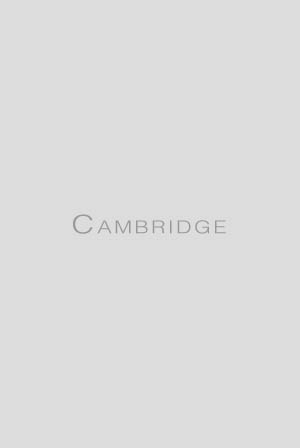No CrossRef data available.
Article contents
XXVII.—Observations on the Lacquered or Japanned Ware of Ava
Published online by Cambridge University Press: 24 September 2009
Extract
This manufacture has been named Lacquered Ware, from an idea, I suppose, that lac forms a part of it; but this is a mistake, no lac is used, and the bright red colour is given by vermilion, which is made by the Burmese from cinnabar (ayain), imported by the Chinese caravans from Yun-nan.
- Type
- Research Article
- Information
- Transactions of the Royal Asiatic Society of Great Britain and Ireland , Volume 3 , Issue 3 , July 1834 , pp. 437 - 450
- Copyright
- Copyright © The Royal Asiatic Society 1834
References
* The same tree is mentioned in the inscription on the Rangoon Great Bell.—See Asiatic Researches, vol. XVI. p. 271 and 276.Google Scholar
† The numbers within brackets refer to the list at the end.
‡ Dipterocarpus turbinatus.
* Nyoung-oo means “Fig-tree Point.”—The name of this place, where Lieut. John North, one of our early Envoys to Ava, died, and was buried on the 30th August 1755, has been strangely used. Captain Baker writes it Young-owe and Pegang Youngue—Symes Nioundoh—Cox Gneayan, Gucayne, and Gucaym—Crawfurd Nyaung-ngu—and Wallich Gnaunee-The Burmese lower classes scarcely pronounce the ng of Nyoung, which has led a friend of mine to write the name Gnee-a-oo.
* Now in the Society's Museum.


